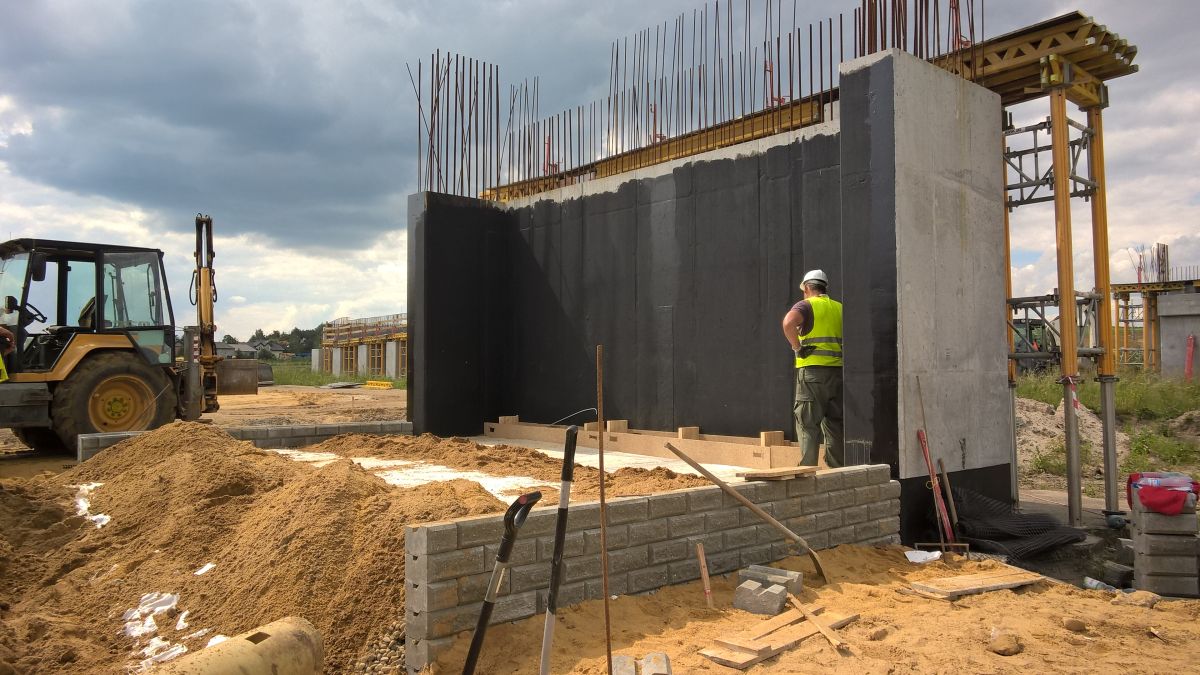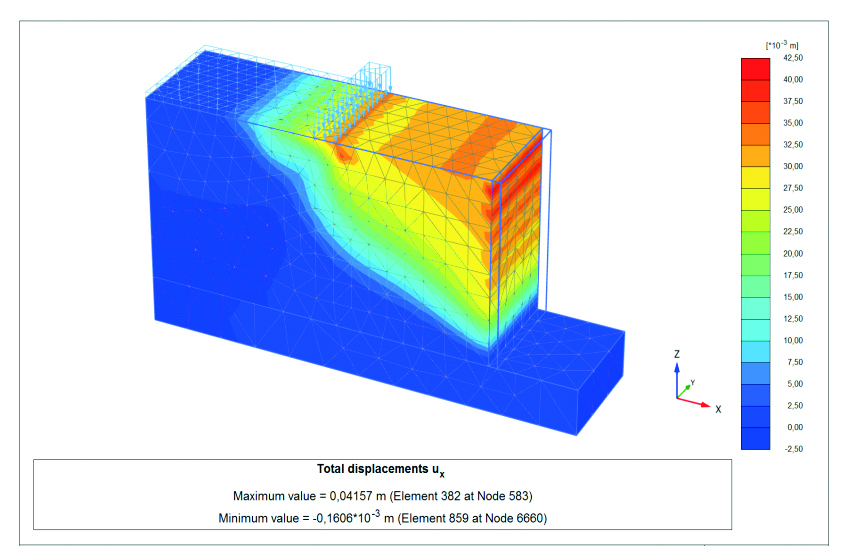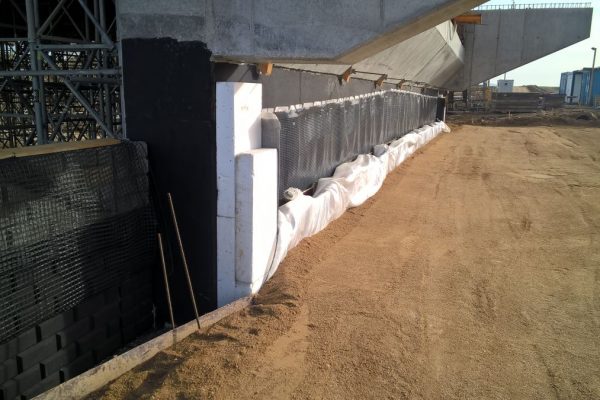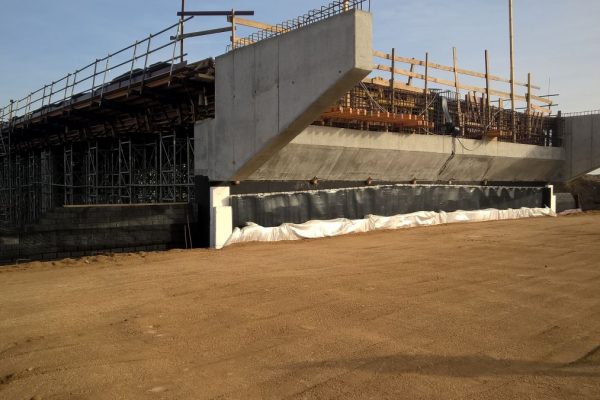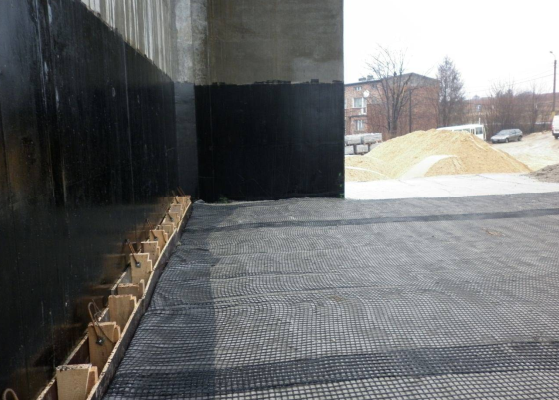
Relief functions
The construction relief, particularly of bridge abutments, is carried out through forming of the earth reinforced with geosynthetic material behind the monolithic structure of the object. Relief can be applied on the back walls, as well as the wing walls of newly built or already existing bridge abutments.


